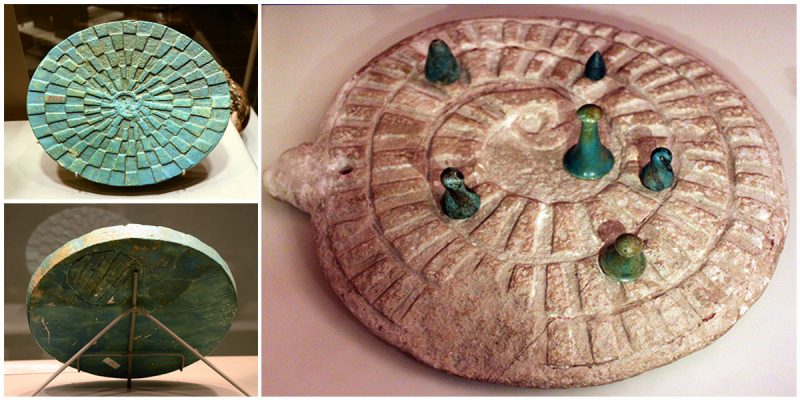Among the many different kinds of games that existed in ancient Egypt, this game, known as Mehen or the Game of the Snake, is one of the first known spiral track and multi-player board games played by the ancient Egyptians.
Its name (Mehen, meaning coiled one) was a name for both a snake-god and a board game, and it is believed that it held deep religious significance for players at the time.
It was played very early in Egypt’s history, and evidence of the game has been found dating from the Predynastic Period to the end of the Old Kingdom (about 2613-2160 BC).
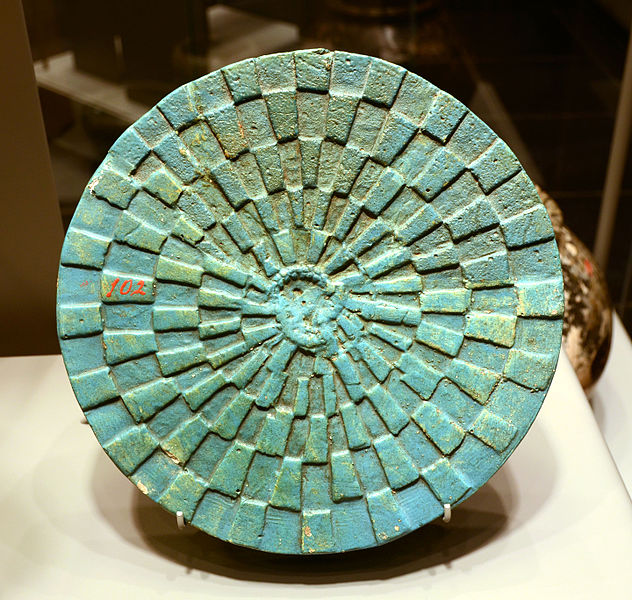
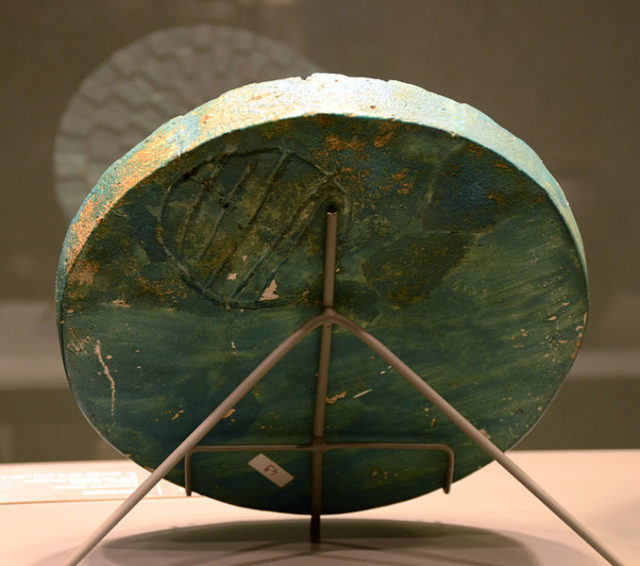
Some of the most reliable evidence refers to the Old Kingdom from the paintings which were found in many Egyptian tombs, showing people playing the game.
More than a dozen sets of this game were found and the game seemed to have been played with pieces in the shape of lions and lionesses made from ivory and small spheres that resembled marbles.
The rules and the method of playing are unknown but it is thought that up to six players could play and it is considered the first multi-player game since all other games of the time were two player games.
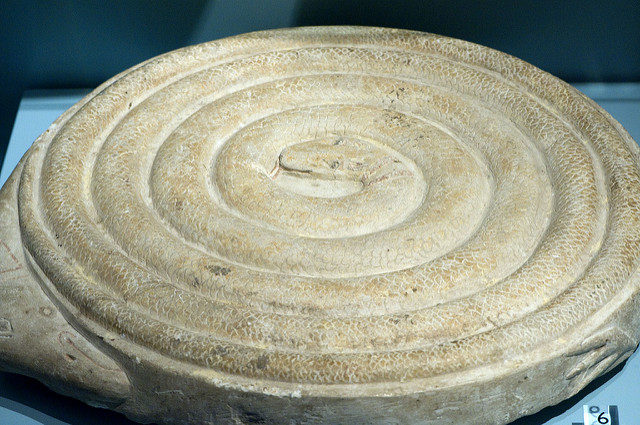
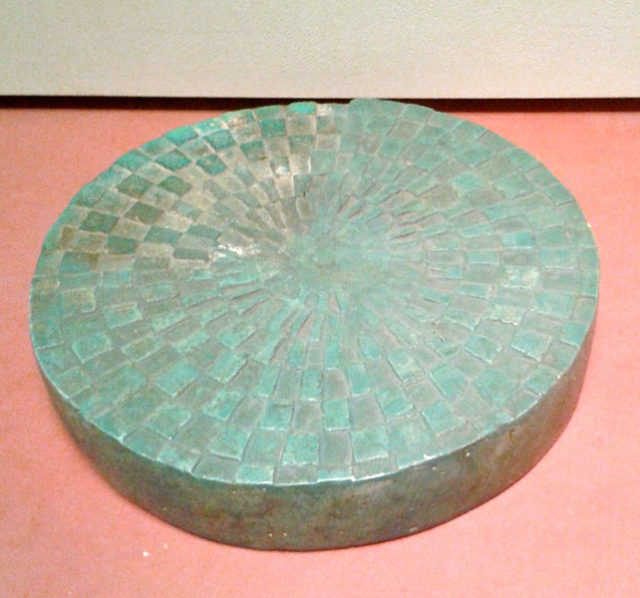
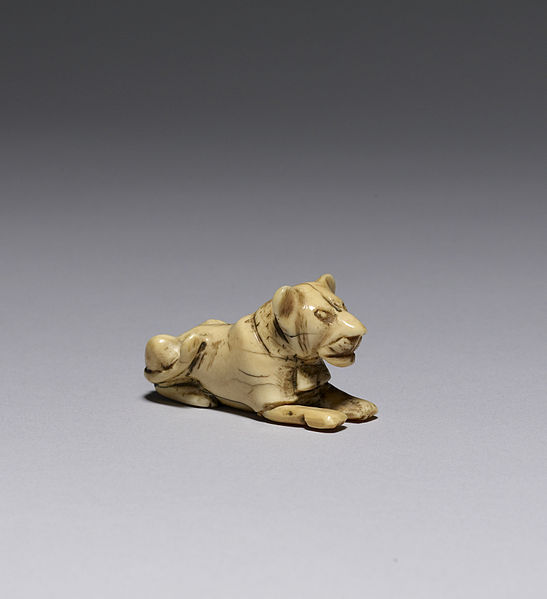
The center of the board was the head of the snake with dozens of playing rectangular spaces along the length of its body.
It is assumed that each player has three lion pieces and six marbles and the games start at the tail of the snake, which is along the outer edge of the board. Each player moves their marble-like pieces until they reach the snake’s head, so the winner is the player whose lion first captures all of his opponent’s marbles.
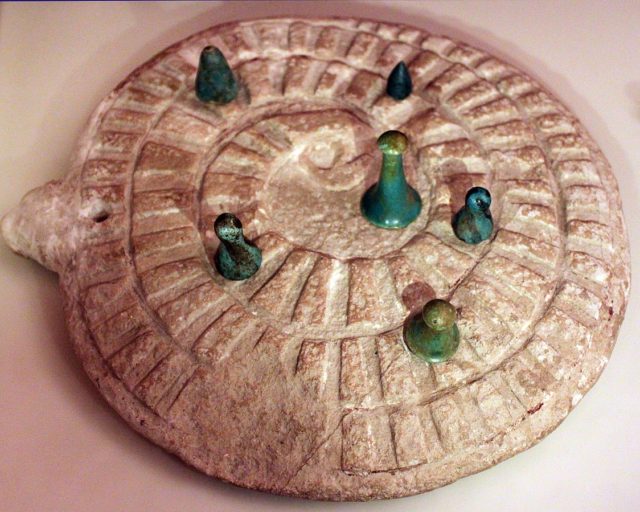
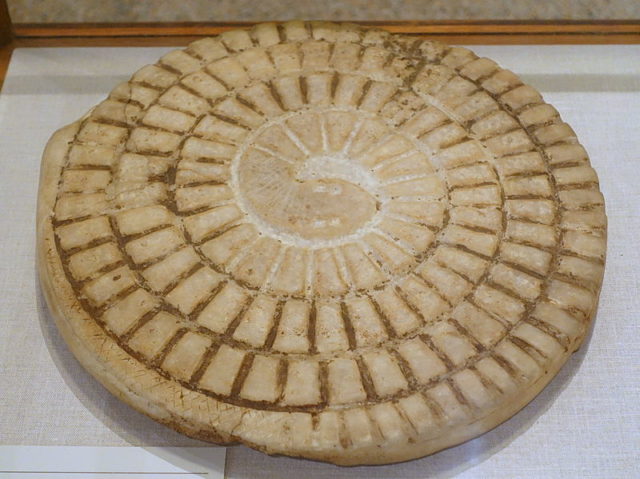
After the Old Kingdom, the game died out, and it was no longer played in Egypt, but it was played and became popular outside of Egypt, in places such as Palestine, Syria, Cyprus, and Crete.
Read another story from us: One of the oldest board games known to man is the game of Backgammon
In the 1920s, anthropologists found a similar Arab game, played by the Baggara Arabs of the Sudan which was known as the “Hyena Game.“ It shared very similar characteristics of the board and the pieces to this ancient Egyptian game, differing in the fact that the ancient Egyptians allotted six counters to each player rather than one.
